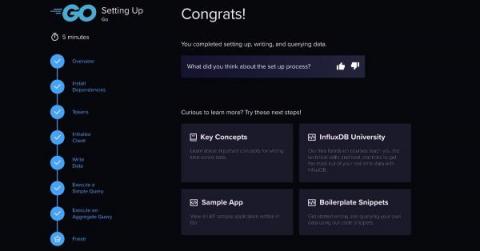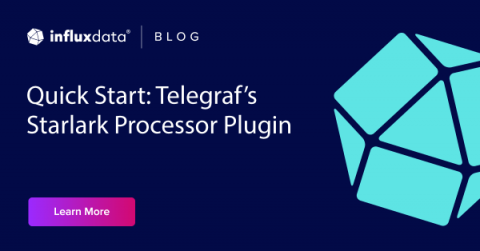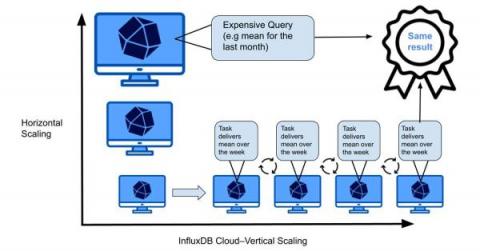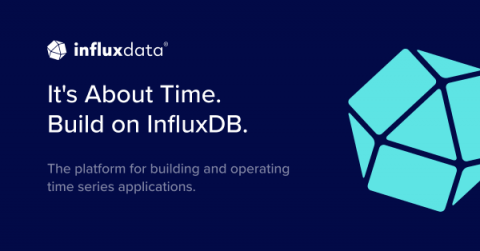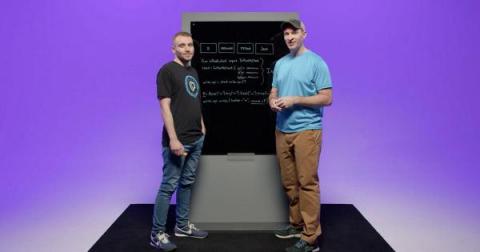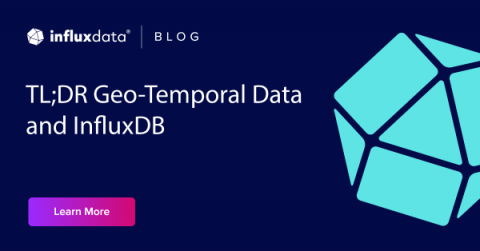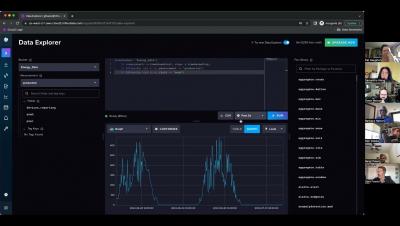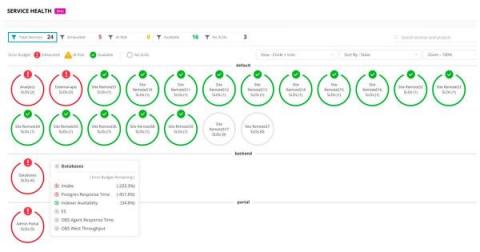July Monthly Product Update - New Resources to Get Started with InfluxDB and Go
We love to write and ship code to help developers bring their ideas and projects to life. That’s why we’re constantly working on improving our product to meet developers wherever they are, to ensure their happiness, and accelerate Time to Awesome. This is the third in a blog series covering our product’s latest features — features that we think will save you time and effort when building with time series and InfluxDB.


